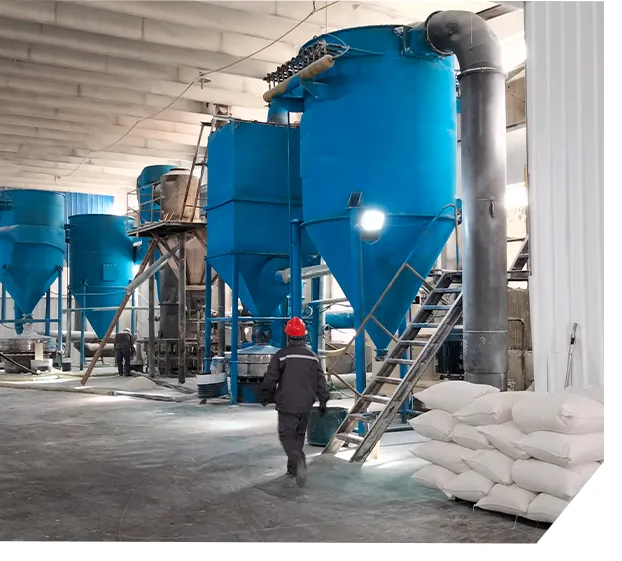Understanding Paint HPMC A Functional Component in Modern Coatings
In the world of coatings and paints, innovation plays a crucial role in enhancing the performance and user experience of products. One of the key components that has gained popularity in recent years is Hydroxypropyl Methylcellulose (HPMC). Often used in the formulation of paints, HPMC serves various essential functions, making it a staple for manufacturers aiming to improve the quality and efficiency of their products.
What is HPMC?
Hydroxypropyl Methylcellulose is a synthetic polymer derived from cellulose, a naturally occurring substance found in plant cell walls. HPMC is known for its ability to modify the properties of various formulations, including viscosity, stability, and adhesion. The molecular structure of HPMC allows it to dissolve in water, creating a gel-like consistency that can enhance the application and performance of paint products.
Functions of HPMC in Paints
1. Thickening Agent One of the primary roles of HPMC in paint formulations is to act as a thickening agent. This allows for better rheological control, which is crucial during the application process. Proper viscosity ensures that paint can be spread evenly on surfaces, reducing the chances of drips and runs. A well-thickened paint can adhere more effectively to surfaces, creating a uniform finish.
paint hpmc

2. Water Retention HPMC has excellent water retention properties, which is vital for maintaining the workability of paint and preventing premature drying. This characteristic allows painters to work with the product for longer periods without the risk of it becoming tacky or difficult to manipulate. It is particularly beneficial in hot climates or during summer months when evaporation rates are higher.
3. Improved Adhesion The incorporation of HPMC in paint formulations enhances adhesion to various substrates. This ensures that the paint adheres well to surfaces like wood, metal, concrete, and more, leading to longer-lasting results. When paints stick better to surfaces, the likelihood of peeling or flaking diminishes significantly.
4. Film Formation HPMC plays a critical role in the formation of a smooth and durable film upon drying. This film not only contributes to the aesthetic appeal of the painted surface but also improves its resistance to environmental factors such as water, UV rays, and abrasion. A robust film ensures that the coating retains its color and texture over time.
5. Eco-Friendly Attributes As the global market moves toward more sustainable practices, HPMC's compatibility with environmentally friendly formulations is a significant advantage. It is often used in water-based paints, which have lower volatile organic compounds (VOCs) compared to traditional solvent-based paints. This can help manufacturers meet eco-label standards and appeal to environmentally conscious consumers.
Conclusion
The role of Hydroxypropyl Methylcellulose (HPMC) in the paint industry cannot be overstated. As a multifunctional additive, HPMC significantly contributes to improving the overall performance of paints. From enhancing application properties to ensuring durability and environmental sustainability, its impact is evident in modern coatings. With the continuous pursuit of innovation in paint formulations, HPMC is likely to remain a vital component, supporting the industry's growth and commitment to quality. As consumers become more discerning in their choices, the use of HPMC in paints will continue to rise, driven by the demand for superior products that are both effective and environmentally friendly.




